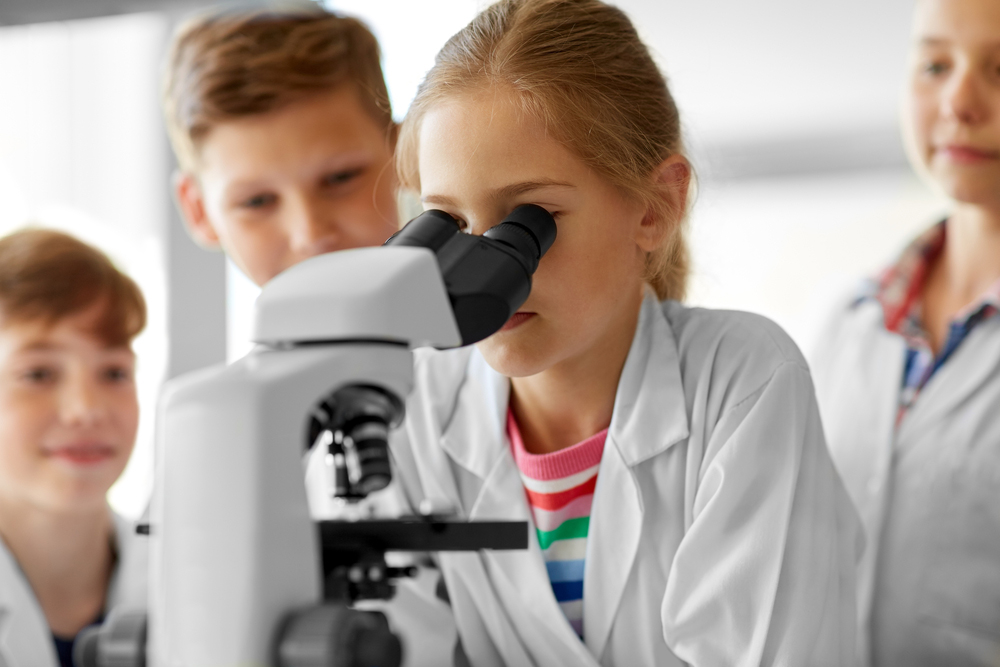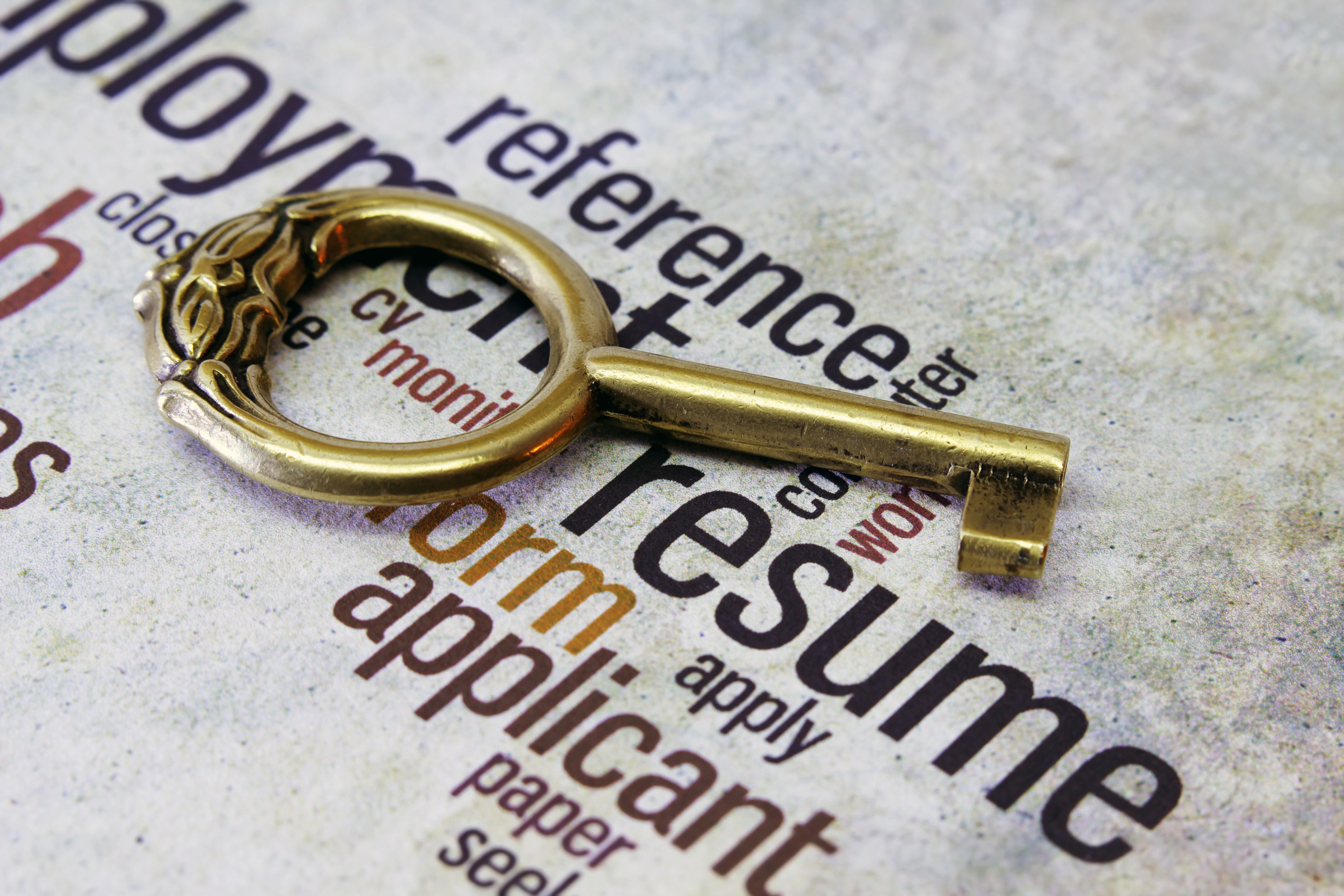



STEM education has seen a surge in popularity, with many schools incorporating science-based activities into their curriculum.
While teaching STEM (science, technology, engineering and mathematics) is often associated with education at the secondary levels (middle and high school), there are many opportunities to teach STEM in elementary school as well.
In fact, you may even become certified to teach some STEM subjects in grades 4 and up in the state of Texas. Each school district is different, so grades 4, 5 and 6 may be considered primary in one district and intermediate in another. You can also become certified to teach subjects like health education in an elementary school as well.
Even when teaching at the elementary level, there are several ways to teach STEM even when you are certified in a non-STEM area. Here are some of the different ways you can share your love for the sciences and begin teaching STEM in primary schools.
If you’re interested in becoming a STEM teacher in primary grades, there are several Texas teacher certification tests available to you. They include:
available to you. They include:
How do you earn a teacher certification? If you have a bachelor’s degree, one of the most popular ways is through an alternative teacher certification program like ECAP. This type of educator preparation program (EPP) is a great opportunity for individuals who have bachelor’s degree or career experience in the area they wish to teach.
Almost half of all new teachers to the Texas education system choose an EPP because it offers many benefits like course availability, flexible scheduling and extensive networking opportunities.
To enroll in an alternative teacher certification program, you typically need to have a bachelor’s degree and hold a minimum GPA of 2.5. It is important to note that your degree does not need to be in education.
Many STEM teachers have specialized knowledge in specific areas of science or engineering, but no experience in education. An alternative teacher certification area will help prepare you for working as an educator, and you can even begin teaching while finishing the requirements.
Once you enroll in a certification program, you will need to:
You can read more about each of these steps in our article, 7 Steps To Get Your STEM Teacher Certification.
Even if you become certified to teach at the primary level in another certification area, you can still incorporate STEM into your curriculum. Subjects like music, English and art can all offer opportunities to include a STEM focus.
music, English and art can all offer opportunities to include a STEM focus.
There are a wealth of teaching tools and websites that offer ideas for engaging youth in STEM. For example, sites like Energy.gov, the official site for the U.S. Office of Energy Efficiency & Renewable Energy, feature free energy literacy videos that teachers can use to supplement their lessons.
Videos on the site cover a variety of topics, such as how energy plays an important role in everyday functions of the planet.
Other sites feature extensive collections of materials that can help incorporate STEM into history lessons. The National Science Digital Library uses historical events, such as the 1964 Alaska earthquake, to investigate what happened through original footage and to encourage students to problem solve.
Exploring diversity in STEM can also incorporate history, current events and science. Studying women like chemist Marie Curie, astronaut Sally Ride and mathematician Dorothy Vaughan can inspire female students to pursue STEM careers while providing an important history lesson.
Even technology used in classrooms helps lay the groundwork for developing kids’ interest in STEM. Smartboards, tablets, digital textbooks and other digital learning tools are all commonly found in classrooms.
In fact, digital literacy is an important skill students will carry with them throughout their education and into adulthood. According to the National Association for the Education of Young Children, even using an iPad can be a “powerful ally” as educators help young children build their language skills.
You can read about other sites that offer ideas on teaching STEM in the classroom in our article, 7 STEM Teaching Tools Websites For New Educators.
A great way to begin teaching STEM in primary schools is to see how other institutions have incorporated STEM into their curriculum. Schools that have active STEM programs can share some of their techniques that they have used and how they have incorporated STEM into their pedagogies.
active STEM programs can share some of their techniques that they have used and how they have incorporated STEM into their pedagogies.
Schools like the Austin Environmental Science Academy and the David Daniels Academy of Science and Math in Grand Prairie, Texas, offer STEM-focused curriculum.
If you’re interested in becoming a STEM teacher, it’s important to choose the right program to give you a solid foundation of both education and resources.
When looking for a program, look for these 7 key qualities:
You can read more about each of these key qualities in our article, 7 Qualities of a Top Teacher Preparation Program Online.
The top teacher preparation programs have also built relationships with school districts and can put you in touch with experienced STEM educators or programs. This extensive network can also come in handy when looking for teaching opportunities that meet your interests and goals.
The need for STEM teachers is growing in education, as is the desire to incorporate more STEM-related lessons into curriculum. The right certification program, along with a robust interest in learning about the different resources available to you as a teacher, will put you on the right path to bringing STEM into your primary classroom.
Micah is the Director of Curriculum & Technology. He holds a Bachelor of Arts in British Literature, from the University of North Texas and a Master of Arts in Teaching, from Louisiana College. In his previous career, Micah served for 14 years as a banker and bank manager. For the majority of this period, Micah managed the Downtown Fort Worth location of Frost Bank. In 2005, Micah finally surrendered to his true calling to be an educator. After a brief, but fulfilling term teaching high school English at Flower Mound High School in Lewisville ISD, Micah went to work for the family business, training teachers.
7166 Baker Blvd., Suite B · Richland Hills, Texas 76118
Phone 817-284-7731 | Fax 817-284-3396
Login | Make Payment | ECAP Handbook | Privacy Policy | Pricing
YOUR COMMENTS